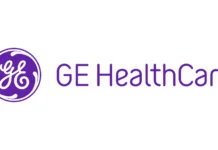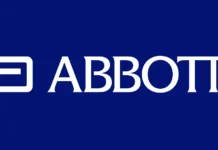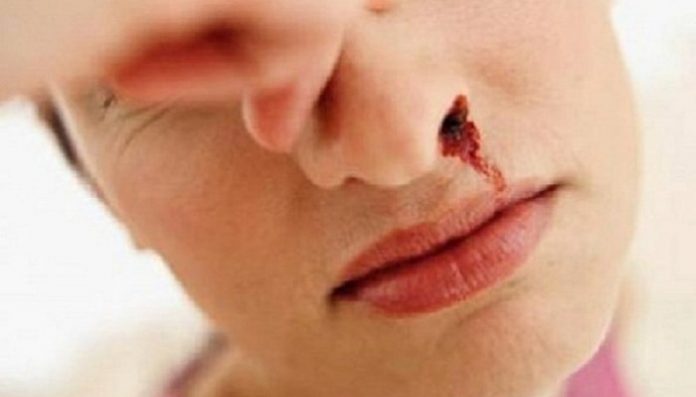In several emergency cases, oral doctors and maxillofacial surgeons are being called on in the hospitals to check the common case of nose-bleeding. This condition, medically known as epistaxis, has been one of the common pains for people through the age.
Increasing exposure to physical traumas and harsh environment continue to factor the incidence of epistaxis across the globe. From physical assault to entry of foreign particles, epistaxis can be caused from a range of factors, increasing the need for appropriate and easily available medicine.
Manufacturers of drugs are actively developing improved drugs on epistaxis to help people control persistent bleeding from the nose. A recently-published report by Fact.MR projects that in 2017, nearly US$ 150 Mn worth of epistaxis medicine and drugs will be sold across the globe.
Click Here to Request Sample of this Report
The study further expects that by the end of 2026, the Epistaxis Marketwill be worth over US$ 230 Mn value, expanding at an estimated 5.2% CAGR during the forecast period, 2017-2026. Key factors driving the sales of epistaxis have been addressed and analyzed in the report. Research shows that common etiologies for epistaxis include blood dyscrasias, consumption of bioreactive medications, arteriovenous malformations, traumatic intubation, orthognathic surgeries, and oncological surgeries.
Prevalence of such factors has necessitated the need for first-line medical assistance and management, which is greatly important for minimizing patient morbidity, and in worst cases, mortality. The report has considered several scenarios that project a robust growth in demand for epistaxis medicine in the foreseeable future.
Key Insights from the Report
The study has analyzed the global epistaxis market on the basis of indication, distribution channel, and product types. Key research findings on the segmental analysis of the global epistaxis market include:
- In 2017, more than forty percent of revenues procured in the global epistaxis market will be accounted by the sales of cauterizing agents
- Through 2026, global sales of cauterizing agents for epistaxis treatment are estimated to bring in nearly US$ 90 Mn
- Hospitals will represent the largest distribution channel for epistaxis drugs, accounting for more than one-third share of global revenues during the forecast period
- A majority of products sold in the global epistaxis market will be used in treatment of anterior epistaxis, revenues from which are estimated to be worth over US$ 200 Mn by 2026-end
Click Here to Request for Discount on this Report
Incidence of Epistaxis to Remain High in North America
Nosebleed is a common medical condition among the North American population. During their lifetime, more than three-fifth of the population in the US and Canada suffer from epistaxis. Depending on the causative factor, the degree of epistaxis varies from person to person, and robust healthcare infrastructure in the region guarantees the best medical assistance for North Americans suffering from epistaxis.
The report estimates that by the end of 2026, the epistaxis market in North America will be worth nearly US$ 90 Mn. The report further projects that the incidence of epistaxis will be considerably high in the Latin American region. Through 2026, Latin America will account for one-fourth revenue share in the global epistaxis market.
Key companies developing drugs on epistaxis have been profiled in the report. Ferring B.V., GlaxoSmithKline PLC, Smith & Nephew Plc., Medline Industries, Inc., Pfizer Inc., Ciron Drugs & Pharmaceuticals Pvt. Ltd., and Bristol-Myers Squibb Co. are expected to remain active in the expansion of the global epistaxis market through 2026.



















